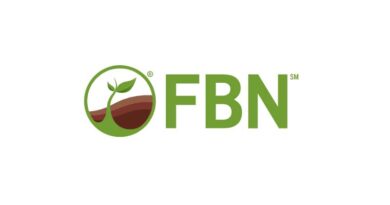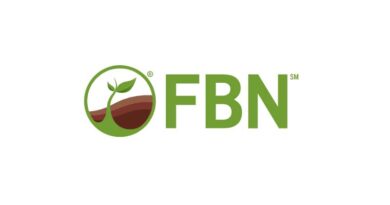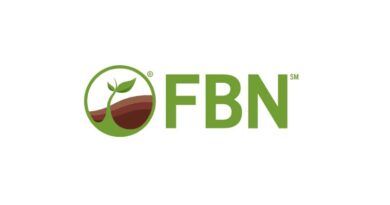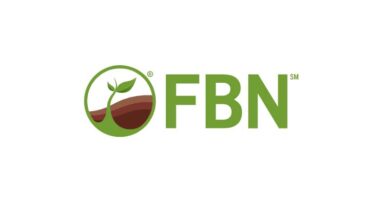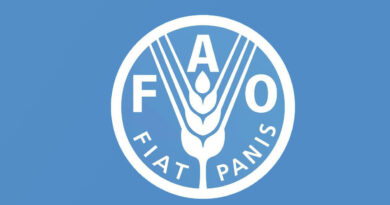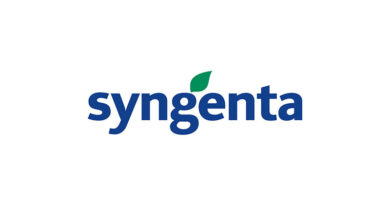Reduce Lack of Rainfall Concerns with Annual Forage Insurance
01 June 2023, US: The Rainfall Index – Annual Forage (RI-AF) Insurance program allows livestock and hay producers to purchase an insurance policy designed to provide coverage against the lack of precipitation on acreage planted annually to forage, graze or as hay for livestock.
RI-AF is currently offered in Texas, Oklahoma, New Mexico, Colorado, Kansas, Nebraska, South Dakota and North Dakota.
How Does Annual Forage Insurance Work?
The Rainfall Index – Annual Forage program is designed to insure against a decline in an index value that is based on the long-term historical average precipitation for the same area for the same period.
There are twelve different growing seasons, also referred to as insurance periods, which are determined by dates the acres were planted. Producers can divide their liability into two-month index intervals targeting when precipitation is important for the crop being planted.
A producer would need to sign up by July 15, 2023 to be eligible to participate in annual forage insurance coverage.
Dual Use Option
RI-AF also offers a Dual Use Option. This allows a small grains producer to insure under Annual Forage for grazing in the winter/early spring and then insure their grain crop with a separate MPCI policy while remaining eligible to maintain both benefits.
The Dual Use Option is available in counties where grain/grazing is considered a good farming practice, which includes select counties in:
- Texas
- Oklahoma
- Kansas
- Nebraska
- New Mexico
- Colorado
Dual use option is only available for Growing Seasons One, Two, Three, and Four, which includes index intervals. The option is primarily utilized to cover wheat, but some counties also include barley and oat coverage. Your insurance agent should check the Annual Forage and small grains special provisions of insurance for more details.
Indemnity Payments
After the two-month interval ends, the United States Department of Agriculture’s (USDA) Risk Management Agency will release a Final Grid Index value representing how much precipitation was recorded for the Grid to compare against the producer selected coverage level.
Each grid covers an area equal to .25° latitude x .25° longitude. NOAA creates the grids, which do not follow state, county or national boundaries. Each grid is individually rated based on the data for that grid. (For example, in the middle of the country the area in a grid equates to about 150,000 acres or a 15×15 mile square. In North Dakota, the grid narrows to about 130,000 acres and in South Texas stretches up to about 196,000 acres.)
There is no loss adjustment. If there is a loss, the indemnity is automatically calculated and then paid.
The Annual Forage program has been a very good risk management tool for producers, especially in the last few years amid lack of rainfall.
What Is the Difference Between Rainfall Index PRF and Rainfall Index AF?
While similar in design to the Rainfall Index Pasture Range and Forage (RI-PRF) Insurance, which is based on the rainfall index data provided by the National Oceanic and Atmospheric Administration (NOAA) Climate Prediction Center, the difference between RI-AF and RI-PRF lies in the type of commodity covered.
The insured crop under RI-AF is all annually planted acres grown for forage or fodder with the intended use including, but not limited to, the following:
- Grazing
- Haying
- Green chop
- Silage, which includes commodities such as, but not limited to, wheat, triticale, oats, Sudan haygrazer, etc.
In contrast, RI-PRF encompasses:
- Perennial grasses
- Rangeland
- Hay types, such as alfalfa, that are not planted on an annual basis.
Control Your Risk with Annual Forage Insurance
Your FBN Insurance agent can tailor an Annual Forage insurance policy to meet the specific needs of your operation. Learn more about this program or connect with an agent by clicking here or calling 877-204-4645.
Also Read: Rajasthan Government categorizes Agrochemical companies based on sample report
(For Latest Agriculture News & Updates, follow Krishak Jagat on Google News)


